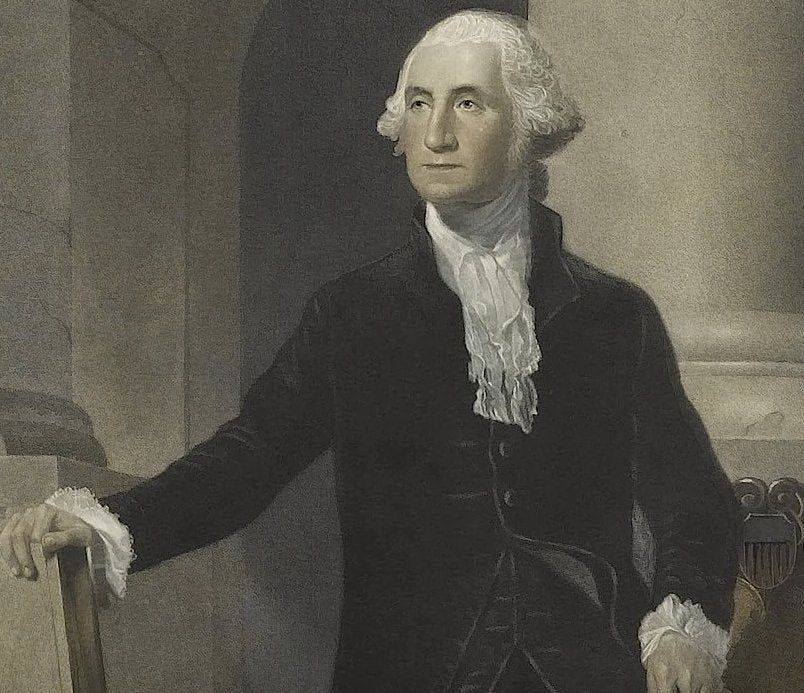History of Jazz
In honor of Black History Month, which is celebrated every February, we are delving into the world of jazz. Did you know that the jazz genre was born in the United States? The rhythmic music derived from improvisation and powerful instrumental and voice work has become one of the most famous music styles in the world. Discover more on this week’s blog!
What is Jazz?
We’ve all heard the greats; Louis Armstrong, Ella Fitzgerald, Miles Davis and alike. The jazz genre is distinctive, unique, and built on excellent musicians. There’s so much to jazz, and all of the nuances of the style were born right here in the USA.
Jazz is a music genre that first originated in New Orleans, United States, among African-American communities. It originated in the late 19th and early 20th centuries, and developed from styles such as the blues and ragtime. Jazz is seen by many as "America's classical music" and became popular in performances, movies, TV, and more.
The Roaring Twenties, the decade of the 1920s in America, was commonly known as the Jazz Age. It became a time when jazz was recognized as both a popular style of music and a form of self expression. The style emerged from traditional and popular musical styles that were transformed by the African-American communities in the South.
Jazz is easily recognizable for its elements of swing, call and response vocals, and essential improvisation. Similar to African-American music traditions of blues and ragtime, jazz incorporates musical patterns and a streamlined blend of instrument, band, and voice.
“Jazz can express many different emotions, from pain to sheer joy. In jazz, you may hear the sounds of freedom-for the music has been a powerful voice for people suffering unfair treatment because of the color of the skin...” (NMAH).
Louis Armstrong and Duke Ellington Jazz Collage
$3,250
The Growth of Jazz
First coming to popularity in the early 20th century, jazz music has continued to play a significant role in African-American culture. New Orleans in Louisiana was the birthplace of jazz, and the city’s population was the most diverse in the South. This diverse population allowed for great musical and artistic creativity; African-American musical practices were influenced by a wide array of other cultures. The traditions of African music were adapted and jazz gradually emerged from a mix of ragtime, blues, marches, and other kinds of music.
At first, jazz was mostly played for dancing and upbeat gatherings. Early forms were light and happy, encouraging parties and dances to break out. Later, people would sit and listen to it in a more reflective way, and jazz embodied emotions of longing, sadness, love, as well as happiness or joy.
The first real recordings of jazz were produced around the year 1917. Jazz began to spread throughout different parts of the United States and later reached further across the world. Jazz legends such as Duke Ellington and Louis Armstrong traveled and toured across the world. This concert poster below advertises Duke Ellington’s visit to Dusseldorf, Germany, for a concert!
Duke Ellington 1963 Jazz Concert Poster
$1,550
“At the same time, jazz spread from the United States to many parts of the world, and today jazz musicians--and jazz festivals--can be found in dozens of nations. Jazz is one of the United States' greatest exports to the world” (NMAH).
Today, jazz lives on as an influential music genre. It also gives us an insight into African-American history and culture throughout time. Jazz music is just one small part of all we celebrate during Black History Month.
National Museum of American History, What is Jazz? Smithsonian, Smithsonian Jazz, Accessed 05 February 2020.







